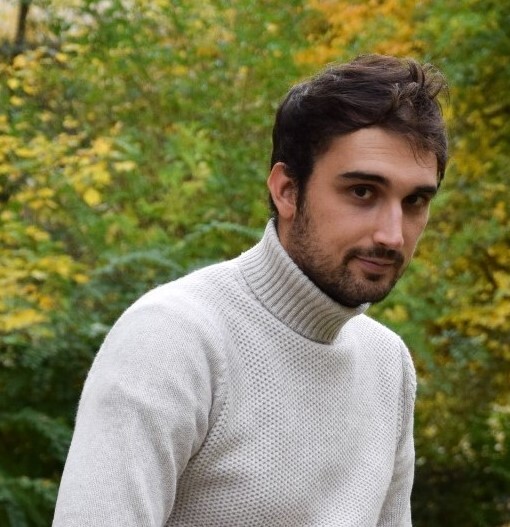Cited By
View all- Stoletov A(2024)Negative Impacts of the High-Tech Implementation in the Russian Higher Education SectorDiscourse10.32603/2412-8562-2024-10-2-5-1710:2(5-17)Online publication date: 23-Apr-2024
- David MRoberts J(2024)TikTok Brain: An Investigation of Short-Form Video Use, Self-Control, and PhubbingSocial Science Computer Review10.1177/08944393241279422Online publication date: 29-Aug-2024
- Chiossi FGruenefeld UHou BNewn JOu CLiao RWelsch RMayer S(2024)Understanding the Impact of the Reality-Virtuality Continuum on Visual Search Using Fixation-Related Potentials and Eye Tracking FeaturesProceedings of the ACM on Human-Computer Interaction10.1145/36765288:MHCI(1-33)Online publication date: 24-Sep-2024
- Show More Cited By





